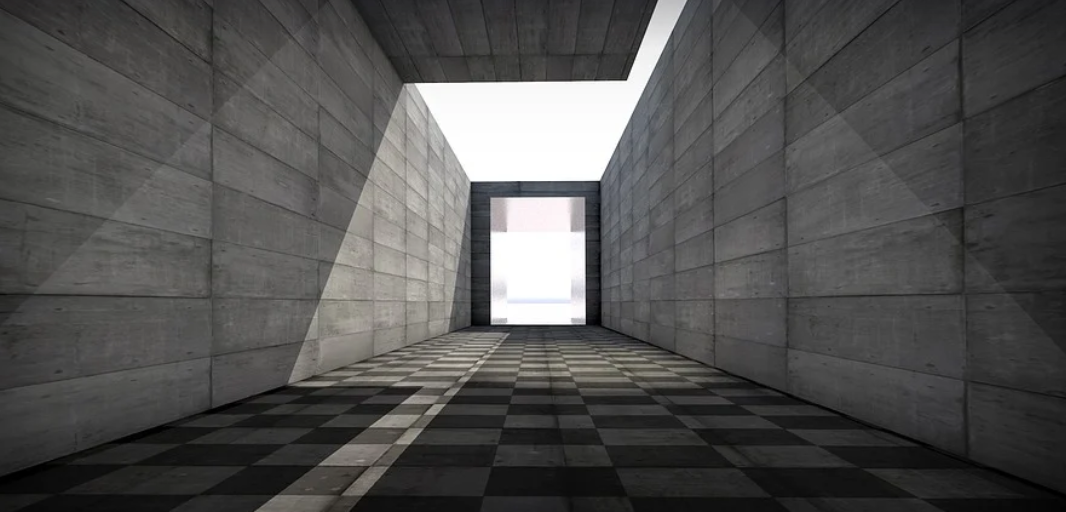Unleash the Power of Precision: A Deep Dive into Slow Pitch Jig Rods
Slow pitch jigging, a technique that’s quickly gained popularity amongst anglers, offers an exhilarating fishing experience. The heart and soul of this dynamic method lies in precise casting and hooking fish with finesse. And at the forefront of this process are the slow pitch jig rods – silent partners to your fishing adventures.
Slow pitch jig rods stand out from traditional bass or trout rods due to their unique design and purpose, built to handle the demands of jigging effectively. Unlike rods designed for conventional casting techniques, they possess a distinct balance between power and flexibility, making them ideal for the intricate movements required in slow-pitch fishing.
Let’s delve deeper into the key elements that make slow pitch jig rods so special:
The Anatomy of a Slow Pitch Jig Rod: Understanding its Components
A slow pitch jig rod is more than just a simple, elongated piece of material. It’s an intricate ensemble of carefully crafted components designed to work in harmony.
Take, for instance, the blank – the backbone of the rod – usually constructed from high-density materials like graphite or fiberglass. The key here is a combination of strength and flexibility.
A strong blank allows you to handle heavy jigs confidently, but at the same time, it must exhibit sufficient flex in certain parts of its structure, particularly near the tip, to accurately detect bites and deliver the jig with finesse.
Next comes the reel seat – a crucial element that securely mounts your fishing reel to the rod.
The reel seat on a slow pitch jig rod needs to be robust enough to withstand numerous hours of casting, but it must also cater to smooth and precise line management. The design should allow for easy and effortless reel winding and adjusting.
Lastly, the guides – small metal rings that grip the fishing line – are crucial for a successful jig cast. These guides need to be carefully positioned on the rod’s blank in a way that optimizes casting distance and accuracy. The optimal placement of these guides allows the angler to achieve the desired level of control and accuracy.
Key Features: The Essentials of a Winning Jig Rod
Choosing a slow pitch jig rod can be daunting, especially with all the options available in the market. But don’t worry – understanding the key features you need can make your decision much easier.
- Length and Power:
- Rod Action:
The ideal length for a slow pitch jig rod varies depending on personal preference, but there are general guidelines. For beginner anglers, shorter rods (approximately 6 – 7 feet) are easier to handle, especially in tight spaces. As you become more comfortable with the technique, longer rods (around 8 – 9 feet) can provide greater casting distance and control over heavy jigs.
The action of a slow pitch jig rod refers to its bending stiffness. There are three main types: Extra-fast (for long casts), fast (optimum balance for precision fishing), and medium (balanced for all-round versatility). For beginners, the medium action might be easiest to use.
Beyond the Basics: Understanding Different Types of Slow Pitch Jig Rods
Just like there are multiple types of casting techniques, there are also different kinds of slow pitch jig rods. Each type is suited for specific fishing styles and situations.
- Action Type:
- Blank Material:
The action type of a slow pitch jig rod can vary from one brand to another, affecting how it reacts to the angler’s movements. Consider factors like your preferred fishing style (casting distance, accuracy, or battling big fish). For example, an extra-fast action rod might be better for long casts, while a medium action rod might be more suitable for precise jigging.
The type of blank material used directly impacts the rod’s strength and flexibility. Graphite is becoming increasingly popular due to its light weight, durability, and excellent responsiveness.
Choosing the Right Slow Pitch Jig Rod for Yourself
Finding the perfect slow pitch jig rod can feel overwhelming with so many options available in the market. Take a look at these key factors that will help you navigate your way to the best choice:
- Target Species:
- Fishing Style:
Choosing a slow pitch jig rod for the target species is essential. If you’re targeting big redfish, you need a rod that can handle their size and fight.
There are different fishing styles like casting from shore or boat. The type of slow pitch jig rod you choose will depend on your preference for moving around the water.
Maintenance and Care: Keeping Your Slow Pitch Jig Rod in Top Shape
With proper care, your slow pitch jig rod can last you for years. Follow these tips to keep it in top-notch condition:
* **Regular Cleaning:** Clean your rod after each fishing trip to remove salt water and debris, which can increase corrosion and damage the finish of the rod. * **Waxing:** Use a specialized fishing rod wax to protect the rod from moisture and environmental wear. * **Storage:** When not in use, store your slow pitch jig rod in a cool, dry place. Avoid storing it near direct sunlight or extreme temperatures.
By following these recommendations, you can keep your slow pitch jig rod in top condition for many years to come.

